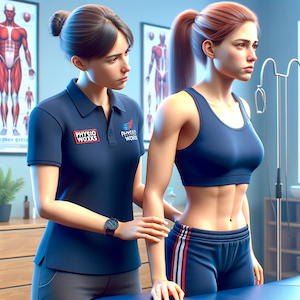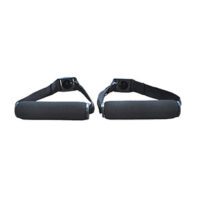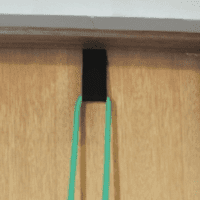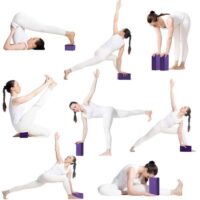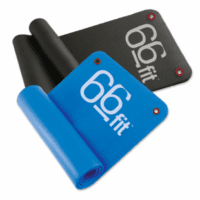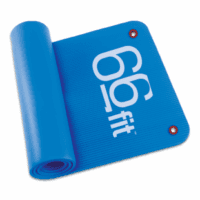Relative Energy Deficit in Sport (RED-S)
Article by Grace McMahon

Nourishing Athletic Excellence: Insights from the IOC’s 2023 Consensus on RED-S
Introduction
In the competitive world of sports, reaching peak performance is the gold standard for athletes. This goal demands a fine balance of training, recovery, and dietary support. Recognising this, the International Olympic Committee (IOC) issued a detailed consensus statement on Relative Energy Deficiency in Sport (RED-S) in 2023, marking a pivotal advancement in athlete health.
What is RED-S?
RED-S emerges when an athlete’s energy intake fails to cover the energy spent on training, competition, and basic bodily functions. It’s a complex syndrome with wide-ranging physical and psychological effects, severely hampering health and performance.
What are the Symptoms of RED-S?
The symptoms of Relative Energy Deficiency in Sport (RED-S) can vary widely but generally include a combination of physiological and psychological signs. These symptoms result from inadequate energy intake to meet the demands of energy expenditure required for training, competition, and the normal functioning of the body. Key symptoms in females include:
- Menstrual Dysfunction: This can range from irregular menstrual cycles to amenorrhea (the absence of menstruation). It’s one of the most common and early signs of RED-S.
- Bone Health Issues: Decreased bone mineral density, leading to an increased risk of stress fractures and osteoporosis. This is often related to the hormonal imbalances caused by low energy availability.
- Fatigue: Persistent tiredness and lack of energy not relieved by rest, impacting training performance and daily activities.
- Weight Loss: Unintentional weight loss or an inability to gain weight appropriate to growth and development needs.
- Poor Performance: A noticeable decline in sports performance, including endurance, strength, and recovery times.
- Mood Changes: Increased prevalence of depression, anxiety, and irritability, often related to the psychological stress of managing training and dietary intake.
- Decreased Immune Function: More frequent illnesses and infections, indicating compromised immune health.
- Altered Metabolic Rate: Changes in metabolic rate as the body tries to conserve energy due to insufficient intake.
- Eating Disorders: Symptoms of disordered eating or full-blown eating disorders may be present, as RED-S can be both a cause and effect of such conditions.
It’s important to note that these symptoms can have significant long-term health consequences if not addressed. Early recognition and intervention by healthcare professionals, including physiotherapists, dietitians, and sports medicine specialists, are crucial for the effective management and prevention of RED-S.
What are the Consequences of RED-S?
The consequences of Relative Energy Deficiency in Sport (RED-S) can be wide-ranging and significantly impact an athlete’s health, well-being, and performance. RED-S results from an imbalance between energy intake and the energy expended in training and daily activities, leading to insufficient energy available for the body’s normal functions. The consequences of RED-S include:
- Bone Health: Reduced bone mineral density and an increased risk of stress fractures and osteoporosis due to lower estrogen levels in females and changes in bone metabolism markers in males.
- Menstrual Function: In females, RED-S can lead to irregular menstrual cycles or amenorrhea, which can have long-term consequences on reproductive health.
- Cardiovascular Health: Potential negative impacts on heart health, including changes in structure and function, and an increased risk of cardiovascular disease due to altered lipid profiles and endothelial function.
- Metabolic Rate: A reduction in metabolic rate as the body attempts to conserve energy, which can complicate efforts to normalise energy balance.
- Immune Function: Impaired immune function, leading to an increased risk of infections and illnesses, as the body lacks the energy to support a healthy immune response.
- Psychological Health: Increased risk of psychological problems, including eating disorders, depression, anxiety, and low self-esteem, often exacerbated by the pressures of sport and performance expectations.
- Growth and Development: In adolescent athletes, RED-S can impair normal growth and development due to hormonal imbalances and inadequate nutrition.
- Endocrine Function: Hormonal imbalances including reductions in hormones such as IGF-1, oestrogen, testosterone, and thyroid hormones, which can affect various bodily functions and overall health.
- Muscle Function: Decreased muscle strength and endurance, impacting athletic performance and increasing the risk of injuries.
- Performance Decline: Overall decline in athletic performance due to compromised physiological and psychological functions, including reduced endurance, strength, concentration, and coordination.
- Long-term Health Consequences: Beyond immediate health and performance issues, RED-S can lead to long-term health consequences, including increased risks of cardiovascular disease, infertility, and osteoporosis.
Addressing RED-S requires a multidisciplinary approach involving nutritionists, physiotherapists, sports medicine professionals, and mental health specialists to ensure athletes receive comprehensive care that addresses both the physical and psychological aspects of the syndrome.
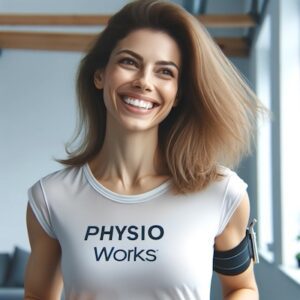
2023 IOC Consensus Highlights
- Broadened Definition of RED-S
The latest consensus expands our understanding of RED-S, highlighting its impact across genders, sports, and age brackets. It underscores the syndrome’s broad spectrum, including hormonal, metabolic, and psychological dimensions. - Risk Identification and Screening
Early detection of at-risk athletes is key. The IOC’s new RED-S Clinical Assessment Tool-Version 2 (IOC REDs CAT2) aims for more effective early screening. Coaches, medical staff, and athletes themselves are crucial in spotting early signs. - From Female Athlete Triad to RED-S
The term “Female Athlete Triad” has been replaced by RED-S to reflect its relevance to all athletes. This change underscores the need for further research into RED-S’s effects on male athletes. - Effects on Performance and Health
RED-S can trigger a range of issues from metabolic dysfunction and weakened immunity to menstrual irregularities and bone health problems. Its impact can extend beyond an athlete’s career, influencing long-term well-being. - Nutritional Interventions
The consensus stresses nutrition’s role in both preventing and managing RED-S. It highlights the importance of carbohydrate intake for energy balance. Collaborating with dietitians and focusing on nutrient-rich foods are emphasised for maintaining health. - Educational Efforts
The IOC calls for increased awareness around RED-S among the sports community. Educational programmes are vital for changing the narrative around nutrition and health, making it easier for athletes to seek support.
Conclusion
The 2023 IOC consensus on RED-S offers a comprehensive approach to understanding and combating the challenges of energy deficiency in athletes. With a focus on screening, nutrition, and education, it aims to protect athletes’ health and ensure their success. Implementing these guidelines is critical for nurturing a supportive environment that promotes enduring athletic achievements.
Related Articles
- Biomechanical Analysis: Key To Injury Prevention: Learn how biomechanical analysis can prevent injuries that might be compounded by conditions like RED-S.
- Sports Health: Essential Guide For Athletes’ Safety: Gain insights into maintaining athlete health.
- Sports Injury Management: Understand the role of physiotherapy in managing sports injuries.
- Triathletes: Explore the unique challenges faced by triathletes, including the risk of RED-S, and how to manage them.
- Cycling Injuries: Essential Tips For Prevention & Safety: Cyclists can learn about injury prevention and the importance of energy balance to avoid RED-S.
- Ballet Injuries Prevention: A Physio’s Guide: Ballet dancers can find strategies for injury prevention and understand the injury risks in high-performance arts.
- Acute Sports Injury Clinic – This article discusses immediate care for sports injuries, touching on aspects relevant to athletes.
- Racquet Sports – Learn about injuries common in racquet sports and how managing energy intake and expenditure is crucial to avoiding injuries.
- Winter Sports – Discover the challenges of maintaining optimal health and performance in winter sports.


